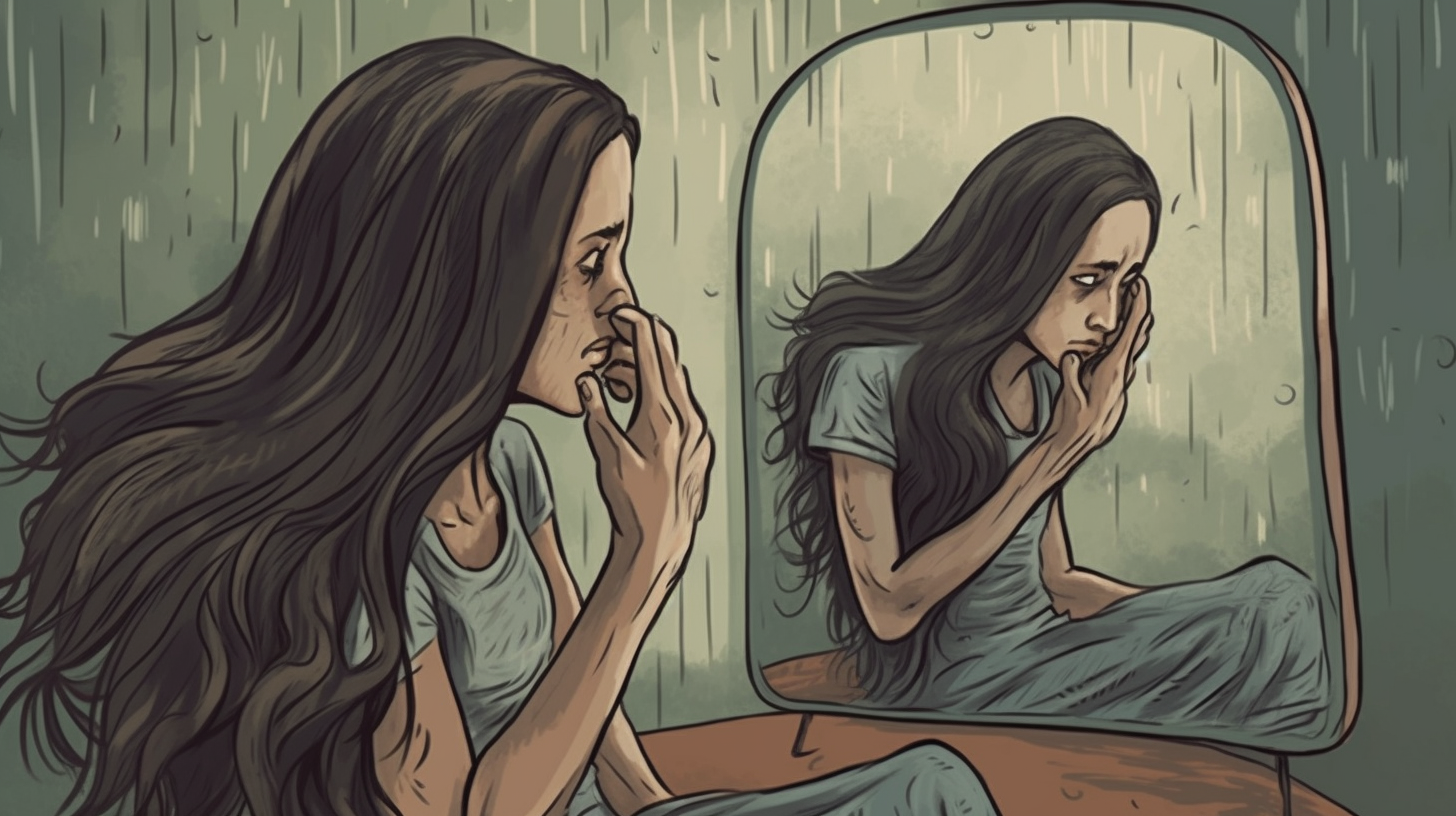Does Cutting Damaged Hair Promote Growth? The Truth Revealed
Have you ever wondered if cutting damaged hair can actually promote growth? It’s a question that many people with damaged hair ask themselves in their quest for healthier, longer locks. The idea of cutting off damaged ends to encourage new growth seems logical, but is there any truth to it? In this article, we will explore the topic of whether cutting damaged hair promotes growth and reveal the truth behind this common hair care myth.
The Myth of Cutting Damaged Hair
Let’s start by addressing the myth itself. Many people believe that cutting damaged hair will make it grow faster or stimulate new growth. The idea behind this belief is that by removing split ends or other forms of damage, you’re allowing your hair to start fresh and grow healthier.
While it may seem intuitive, the reality is that cutting damaged hair does not directly impact its growth rate. Hair growth occurs at the scalp, where the hair follicles are located. Cutting your hair does not impact the follicles or the rate at which they produce new strands. Instead, hair growth is influenced by factors such as genetics, overall health, and hormonal balance.
The Benefits of Cutting Damaged Hair
So if cutting damaged hair doesn’t directly promote growth, why should you consider doing it? Well, there are several benefits to trimming your locks regularly:
- Preventing further damage: Damaged hair is more prone to breakage and splitting. By cutting off the damaged ends, you can prevent further damage from traveling up the hair shaft.
- Maintaining healthy-looking hair: Split ends and other forms of damage can make your hair look dull and frizzy. Removing them through regular trims can help maintain a smoother and more vibrant appearance.
- Achieving a desired hairstyle: Trimming your hair can also help you achieve the desired length and shape for your hairstyle. By removing damaged ends, you’re creating a healthier foundation for styling.
While cutting damaged hair may not directly promote growth, it can indirectly contribute to healthier hair that appears longer and more voluminous.
The Importance of Healthy Hair
Before we delve deeper into the topic, it’s essential to understand the importance of maintaining healthy hair. While growth rate varies from person to person, having healthy hair is crucial for achieving and maintaining longer locks. When your hair is damaged, it becomes weaker and more prone to breakage. This can result in stunted growth or the appearance of slower growth due to constant breakage.
To ensure optimal hair health, it’s necessary to address any damage regularly. This includes using gentle hair care products, avoiding excessive heat styling or chemical treatments, and incorporating a balanced diet rich in nutrients that support hair health.
The Role of Split Ends in Hair Growth
Split ends are a common form of damage that many people experience. These occur when the protective outer layer of the hair cuticle is compromised, causing the strand to split into two or more sections. While they may seem harmless at first glance, split ends can have a significant impact on your hair’s overall health and appearance.
When left unaddressed, split ends can travel up the length of your hair shaft, leading to further damage and breakage. This can create a cycle where your hair never seems to grow past a certain point due to ongoing breakage caused by untreated split ends.
By regularly trimming your hair and removing split ends, you’re preventing this cycle from occurring. This allows your hair to maintain its length by reducing breakage and promoting stronger strands.
The Right Way to Trim Damaged Hair
If you’ve decided to cut your damaged hair, it’s essential to do it correctly to achieve the desired results. Follow these steps for a successful at-home trim:
- Start with clean, dry hair: It’s best to trim your hair when it’s dry and free from any styling products. This will give you a more accurate idea of the length and condition of your strands.
- Invest in professional hair scissors: Using regular household scissors can lead to uneven cuts and further damage. Invest in a pair of sharp, professional hair scissors designed specifically for cutting hair.
- Section your hair: Divide your hair into manageable sections using clips or hair ties. This will make the trimming process easier and ensure that you don’t miss any areas.
- Trim small sections at a time: Take small sections of hair and carefully snip off any split ends or damaged ends above them. Remember, you’re not aiming for a major haircut but rather a light trim to remove damaged portions.
- Check your progress: After each section, release it from the clip or tie and comb through to check for any missed damaged ends. Be thorough in your approach to achieve the best results.
Remember that if you’re unsure about trimming your own hair, it’s always best to seek the help of a professional hairstylist. They have experience and knowledge in achieving desired results while minimizing damage or mistakes.
The Bottom Line
While cutting damaged hair does not directly promote growth, regular trims are still essential for maintaining healthy-looking locks. By removing split ends and preventing further damage, you’re creating a foundation for healthier hair growth. Remember to take care of your hair through proper maintenance, a balanced diet, and gentle styling practices to support overall hair health.
So, the next time you think about cutting your damaged locks, don’t hesitate. Trim away those split ends and embrace the journey towards healthier, longer hair!



